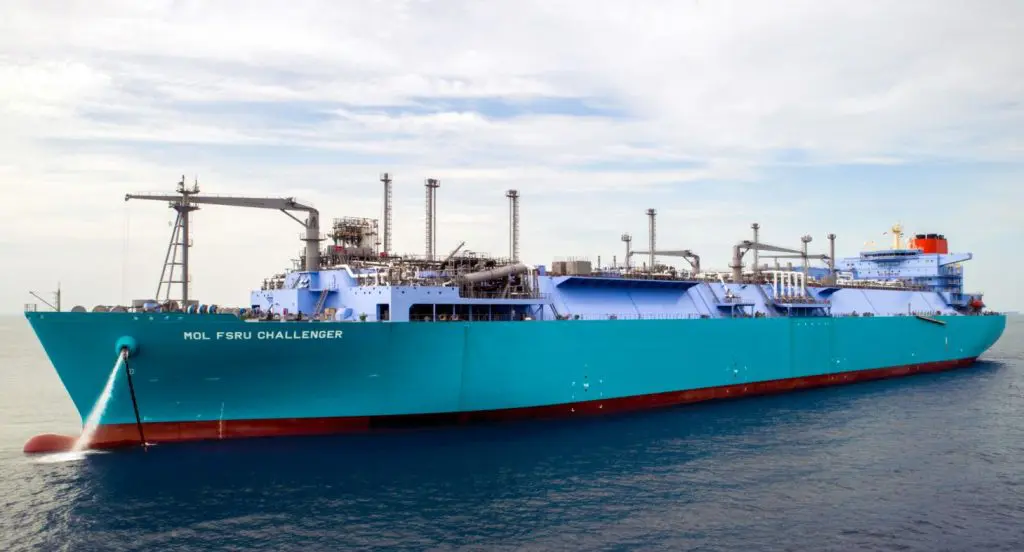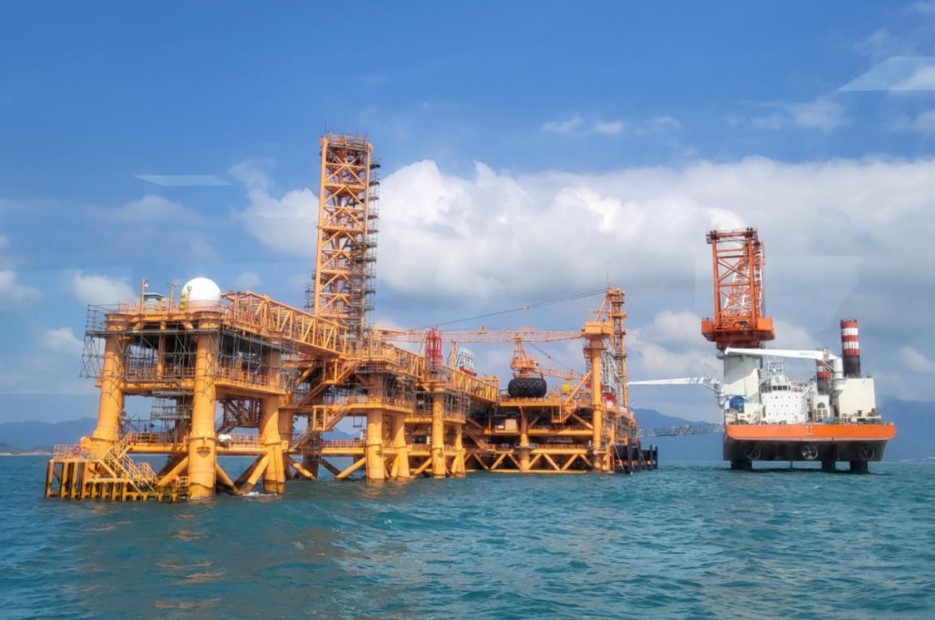CLP Power and HK Electric confirmed that they have issued a tender to buy a commissioning cargo for Hong Kong’s first LNG import terminal, which includes the world’s largest FSRU.
Hong Kong LNG Terminal is a joint venture consisting of power firm HK Electric and Castle Peak Power, in which CLP Power Hong Kong holds 70 percent and China Southern Power Grid International has 30 percent.
A spokeswoman for HK Electric told LNG Prime on Friday that the JV has issued a tender to purchase an LNG cargo for the commissioning of the terminal.
The spokeswoman did not provide any additional information regarding the tender.
Reports suggest that the tender for one LNG cargo in May closed this week.
Spot LNG prices have dropped considerably this year when compared to the year before. The JKM for April settled at $14.310/MMBtu on Thursday.
Commercial ops in mid-2023
The spokeswoman confirmed that the target for the offshore LNG terminal in Hong Kong to go into commercial operation in mid-2023 remains unchanged.
Moreover, the spokeswoman said that the 263,000-cbm MOL FSRU Challenger, to be renamed Bauhinia Spirit, would arrive in Hong Kong by the second quarter of this year.
“The facility will further improve Hong Kong’s long-term natural gas supply stability by diversifying supply sources and enable procurement of LNG from the international market at competitive prices,” the spokeswoman said.
The LNG import terminal project forms part of Hong Kong’s initiative to reduce emissions. The city and special administrative region of China aims to replace about half of its power generation fuel with natural gas.
Besides the giant FSRU, the facility includes a double berth jetty and subsea pipelines.
Regasified LNG coming from the FSRU will supply two power plants and these include the Black Point power station located in the New Territories and Lamma power station located at Lamma Island.
Also, Shell will supply LNG as part of a long-term deal signed with the two utilities in 2019.

FSRU
According to its AIS data provided by VesselsValue, the FSRU was on Friday still located at the Singapore LNG import terminal.
The unit now has a larger regasification capacity following completion of upgrade works at Keppel Shipyard in Singapore.
Previously, the vessel had a nominal capacity of 540 million cubic feet per day, with a maximum capacity of 720 million cubic feet per day.
Following the upgrade, this increased to nominal 600 million cubic feet per day with a maximum capacity of 800 million cubic feet per day, Japan’s MOL said.
This modification not only contributes to regasification capacity, but also increases equipment redundancy, enabling more stable operation and energy supply, MOL said.
To remind, MOL and Dutch Vopak signed a deal in 2021 to jointly own the giant FSRU which will serve the new LNG terminal in Hong Kong.
Under the deal, Vopak will buy 49.99 percent of the shares from MOL in the vessel owning company of the 2017-built, 345 meters long FSRU.
MOL and Vopak will provide the FSRU as well as jetty operations and maintenance and port services to the LNG import project.
The two firms also joined forces for the development of the project’s jetty and maintenance services.

